Let’s face it: Horse shopping is exciting. We do it to move up to a more advanced mount, to find one for a new discipline, to get our kids or grandkids the perfect horse—even just for fun when we’re not really in the market. There’s a rush that only riders get when looking at for-sale horses, whether online or in person.
But that excitement comes at a price. It can cloud our vision, make us blind to issues we don’t want to acknowledge, and (the worst) cause us to make rash decisions based on the emotions we feel when shopping for a new horse.
Here, four professional trainers outline scenarios they’ve personally experienced with clients (we’ve changed their names) whom they saved from making what could’ve been poor horse-buying choices—and one where the client bought the horse.
Read along to ensure that you don’t find yourself in any of these situations on your next shopping venture. It’ll save you a lot of Mr./Mrs.Wrongs in the future.
The Wrong List
The expert: La Rae Powell, Auburn, Washington; highly accomplished Arabian trainer, with more than 250 national and reserve champions across youth, amateur, and open competition.
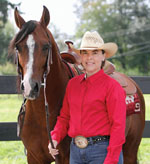
The scenario: Jan came to Powell with an extremely specific list for her next horse. Bay, four white socks, star-and-snip face, 14.1 hands high, and a mare…only a mare. Jan was very proud of (and committed to) her criteria; she just knew this would net her the perfect horse for her needs. So she set out shopping online and let those in her horse network know what she was looking for.
The mistake: “Jan’s list was completely superficial,” Powell states. “It focused on things that should be icing on the cake, not the entire cake itself. She needed to look for more substantive qualities like what events she wanted to compete in, if the horse had the physical build to carry her and do what she wanted, if she could get along better with a gelding than a mare, and other more realistic qualities.”
The reality: “I encourage my customers to look for a horse that fits into the division in which they want to compete,” Powell shares. “Jan could’ve found a horse with all of those items she sought, but the horse probably wouldn’t have possessed the qualities she needs to be able to ride and show the horse. In the end, I sat down and asked Jan questions that got to the meat of what she was looking for, rather than focus on the surface, and, using my network of trusted professionals, we found her a nice horse (a gray, 14.3-hand gelding) that she shows very competitively.”
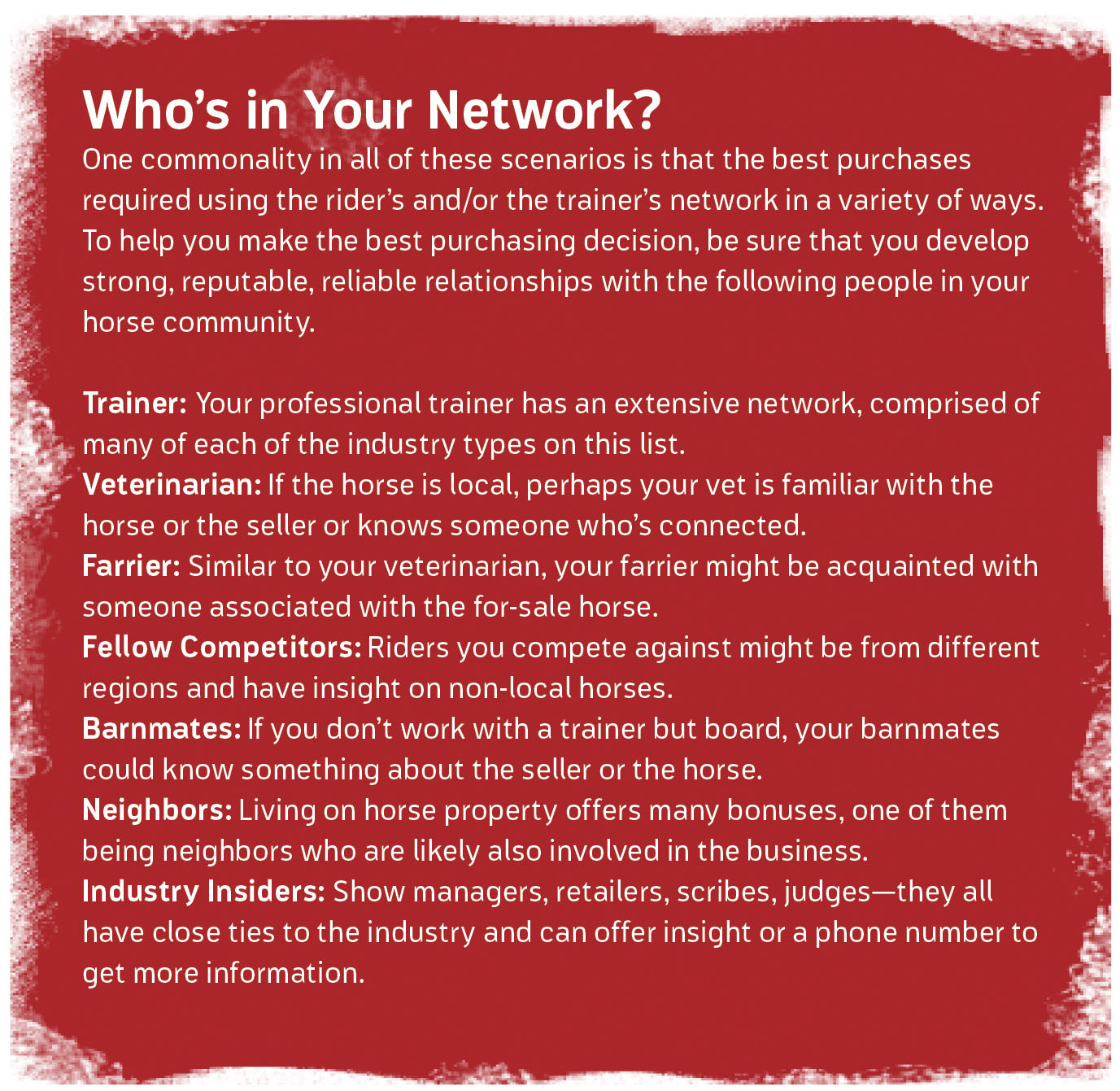
The takeaway: Analyze your real needs for what you want to do with the horse, and be flexible with the cosmetic qualities you desire.
Free Isn’t Free
The expert: Julie Goodnight, Salida, Colorado; clinician who helps riders in person through clinics and demonstrations and worldwide via her RFD-TV show, “Horse Master, With Julie Goodnight.”
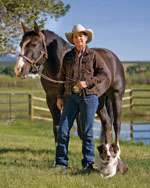
The scenario: Veronica, a 16-year-old, horse-crazy girl, wanted to upgrade to a more advanced mount. A beautiful Paint gelding came along at the exact right price for her parents—free. Veronica loved the horse from the moment she saw him.
The mistake: “The seller was honest and disclosed that the horse had the early stages of navicular,” Goodnight shares. “Veronica was quickly progressing in her riding abilities, and the truth of the matter was that the horse wouldn’t be able to keep up with her long, as his condition degraded and she continued to improve as a rider.”
The reality: “This horse would’ve only been ‘perfect’ for Veronica for a very short time,” Goodnight laments. “She’s a young, up-and-coming rider who’d now be responsible for the very expensive upkeep of a horse with a deteriorating navicular condition. I had a long, hard talk with Veronica and her parents. They continued to hang onto the ‘free’ price point, but I told them that simply wasn’t the case. Even in his short usable life for Veronica, he’d require extensive management to remain sound, which isn’t cheap. Furthermore, when he couldn’t keep up with the girl anymore, they’d have to go out and buy her another horse, too. Then they’d have two horses to pay for, one of them requiring a lot of maintenance. Finally, and possibly most difficult, Veronica would’ve been hopelessly attached to the Paint horse when it came time to make a tough choice about ending his suffering. Veronica and her family decided to pass on the ‘free’ horse and we used our network to find something that she can ride for a long time and progress with as she learns.”
The takeaway: Inheriting a horse with a long-term problem, even if he’s free up front, is expensive in terms of vet care, corrective shoeing, pharmaceutical treatments, and supplementation. You might save $2,500 to start, but you’ll spend much more down the line.
Resources Left Untapped
The expert: Brad Barkemeyer, Scottsdale, Arizona; lifetime horseman who does it all—starts colts, trains world champions, and coaches amateur and youth riders.

The scenario: Monica saw a well-bred horse in her price range that was for sale in an online auction. The auction situation gave her a sense of urgency—it’s exciting and impulsive. She thought she’d miss a great deal if she didn’t move fast, so she bought the horse sight-unseen, and then called Barkemeyer to discuss her purchase after the fact.
The mistake: “Monica didn’t use any of her resources to investigate this horse,” Barkemeyer shares. “If she’d come to me first, or anyone else in her network of riders, veterinarians, friends, etc., we could’ve saved her time, frustration, and money.”
The reality: “Monica purchased a horse that looked good on paper but in reality was not a good fit,” Barkemeyer shares. “When she called me to tell me about the purchase, she was so excited about her new horse! I felt terrible breaking the news to her that I knew the horse and that he had a reputation of being unsound. I knew the trainer that had him before and that he had issues keeping the horse sound. I’d have told Monica to wait and that we’d find her a horse within her budget that fit her needs by using our network. With one phone call, she could’ve saved herself the poor purchasing decision. Instead, Monica is faced with the challenge of managing a soundness issue rather than being able to enjoy her new horse. Disposition, trainability, and soundness are three very important characteristics that need to be included in a purchase discussion, perhaps even before athletic ability and performance, especially in circumstances such as Monica’s. I’m not saying all Internet horse sales result in bad buys, but they’re gaining a reputation for turning over problem horses with veterinary and behavioral issues, as in her situation.”
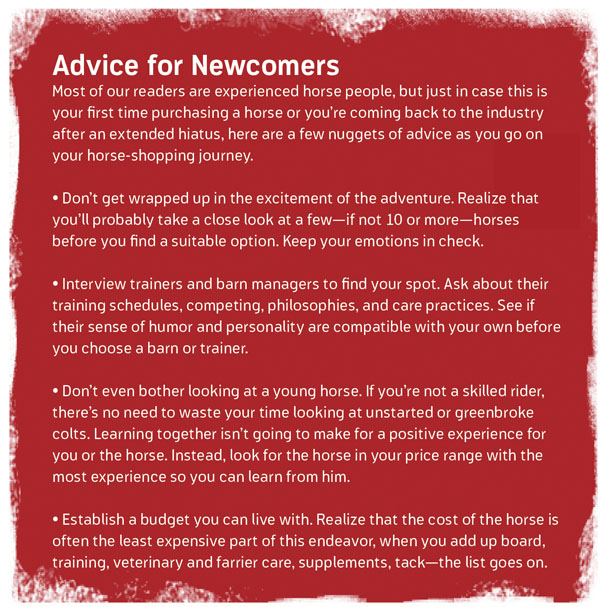
The takeaway: Your resources in your network of horse friends and acquaintances, as well as professionals like trainers, veterinarians, and farriers, is invaluable. Use it to your advantage, and spend time investigating a potential purchase before you buy.
Unachievable Goals
The expert: Bill Bormes, Castle Rock, Colorado; go-to AQHA trainer for select-division exhibitors, aged 50 and over, for multiple events, as well as being a competitive open rider.
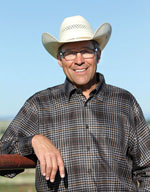
The scenario: Margret, a 70-year-old rider, was looking for a new horse to be competitive in AQHA select-division classes. She focused solely on Quarter Horses in her search.
The mistake: “Instead of fully exploring her options, Margret was completely hung up on buying only a registered Quarter Horse,” Bormes says. “It’s what she knows, and often what we focus on in my barn, but it’s not the only option.”
The reality: “Here’s a harsh truth: at 70 years old, Margret wasn’t going to be as competitive in AQHA classes, even in the select division,” Bormes confides. “Her competitive spirit, drive to succeed, and desire to win was still very strong, but her body just doesn’t participate like it used to. To fulfill her need to be competitive, I advised her to broaden her focus. Yes, she should look for something she could show in AQHA events, because she’d miss being with her friends and barnmates at those shows. But I suggested she could do something I’m advising more and more: She could add color-breed options to her search. By looking for a color breed—a horse in the palomino or buckskin registry, or even a Paint or Pinto—she could show at those events, too. With the additional class options these venues offer, I’m finding opportunities to still be competitive. After diligently searching, I found her the perfect horse—a palomino gelding that’s eligible for four divisions, PHBA, APHA, PtHA, and AQHA events.”
The takeaway: Take a hard look at your goals and identify the reality of your situation. Sometimes a trusted confidant—a friend or trainer—can help you get the most realistic view of your options and help you find the right direction to turn.






